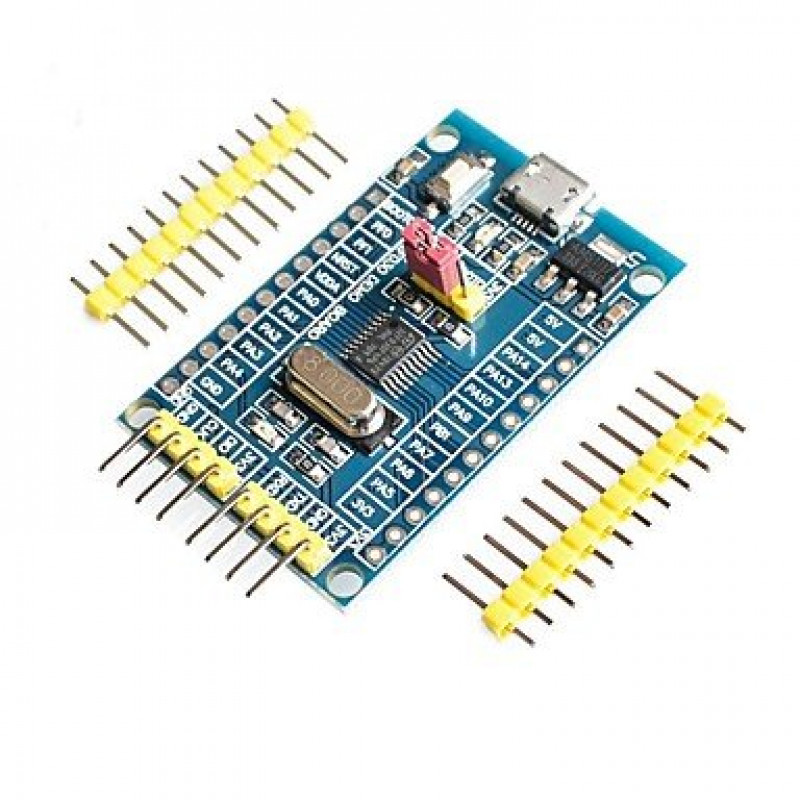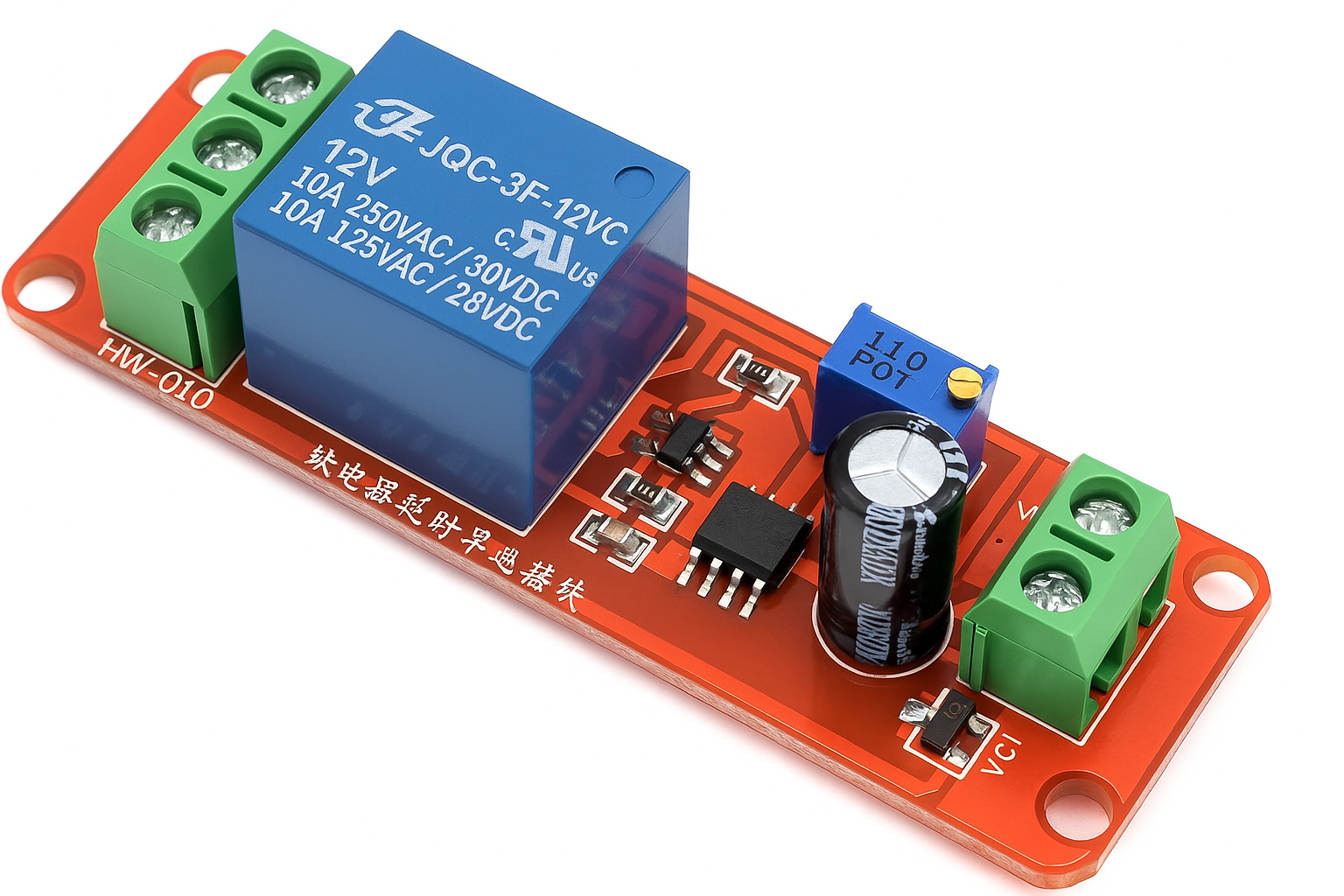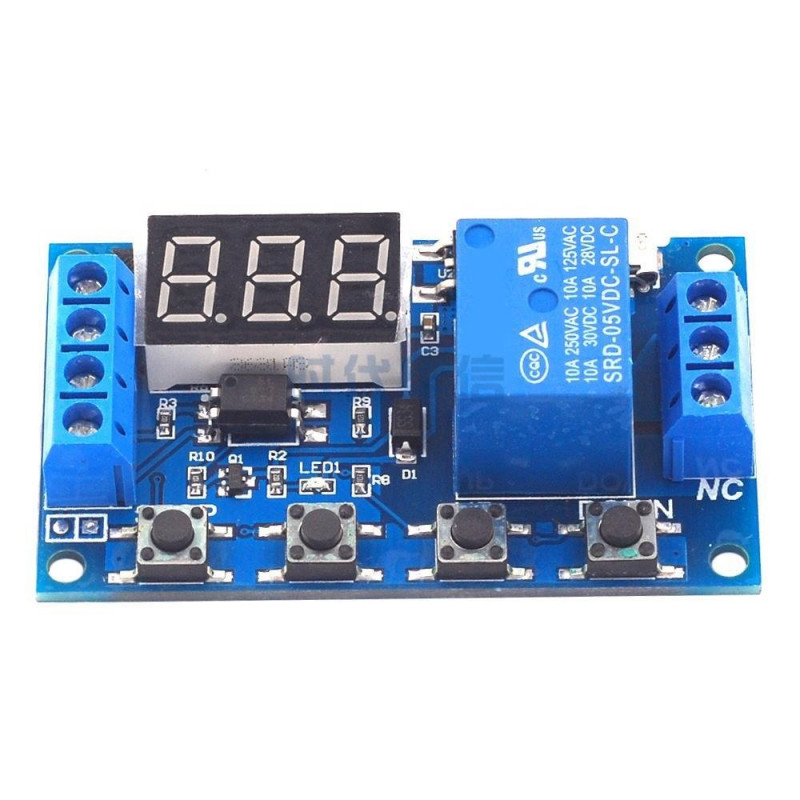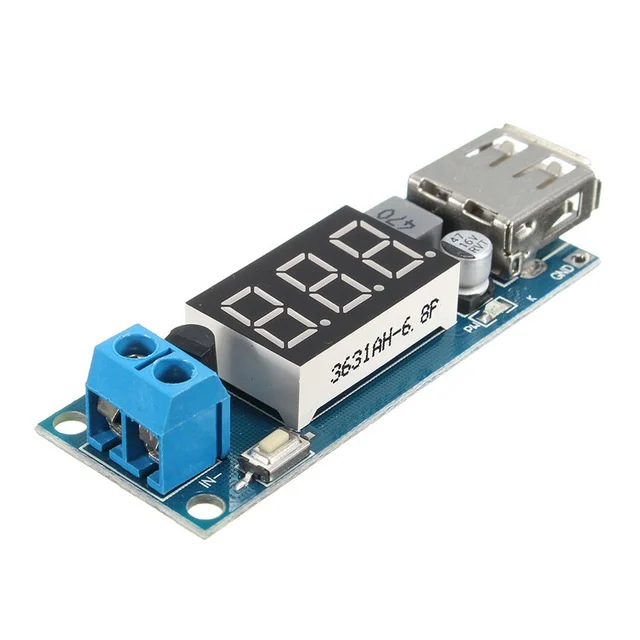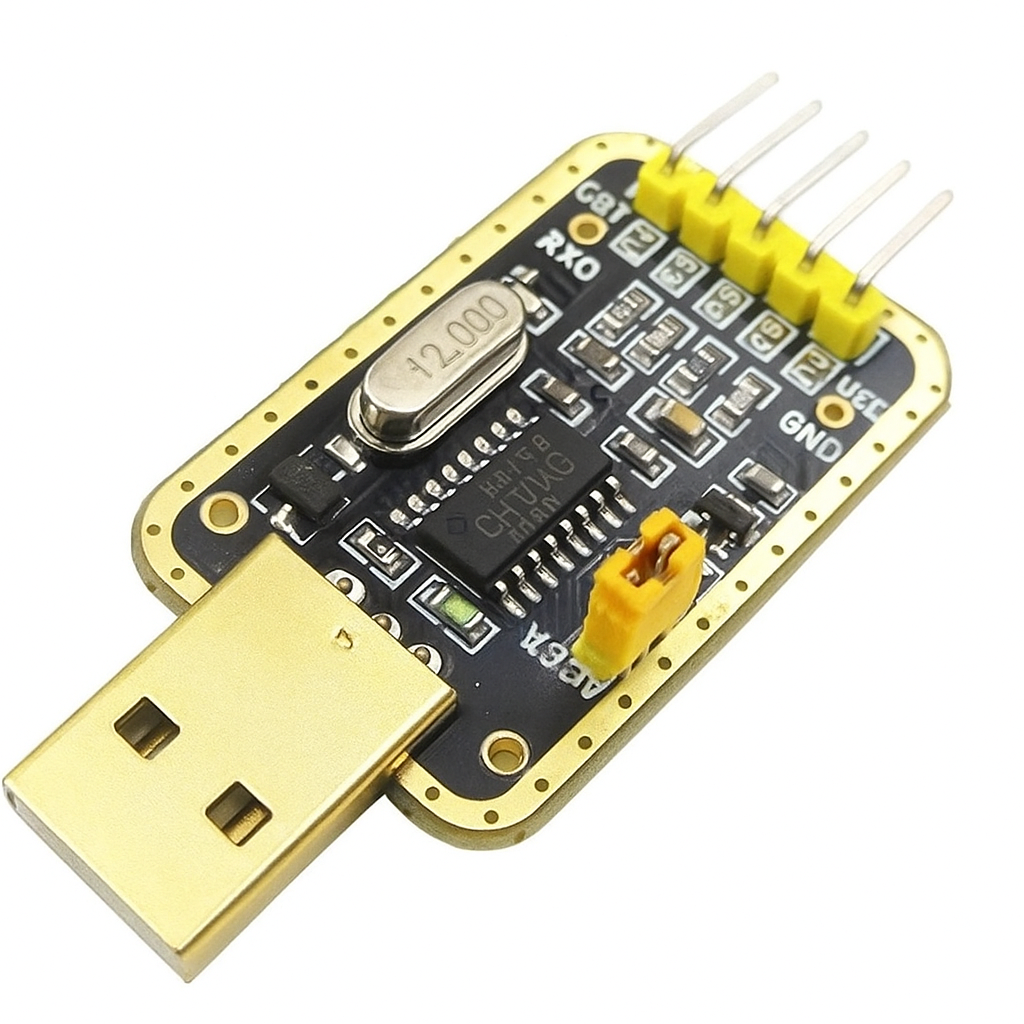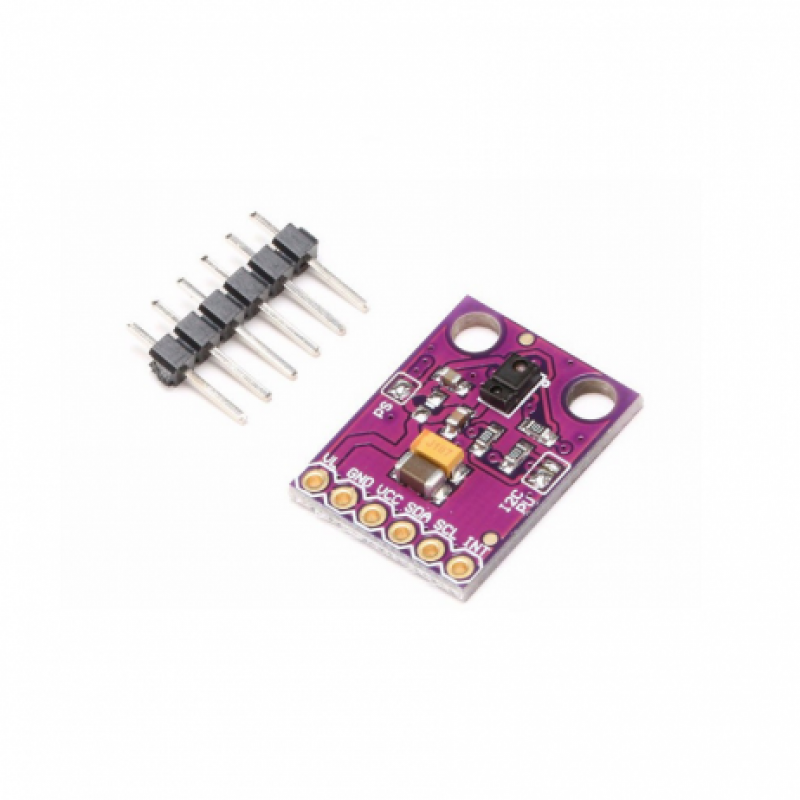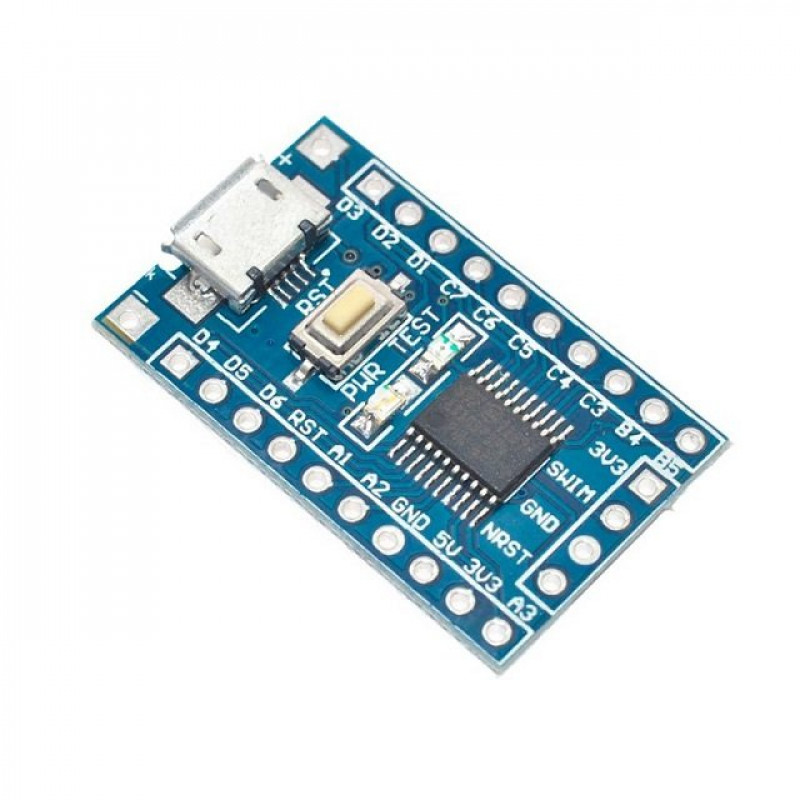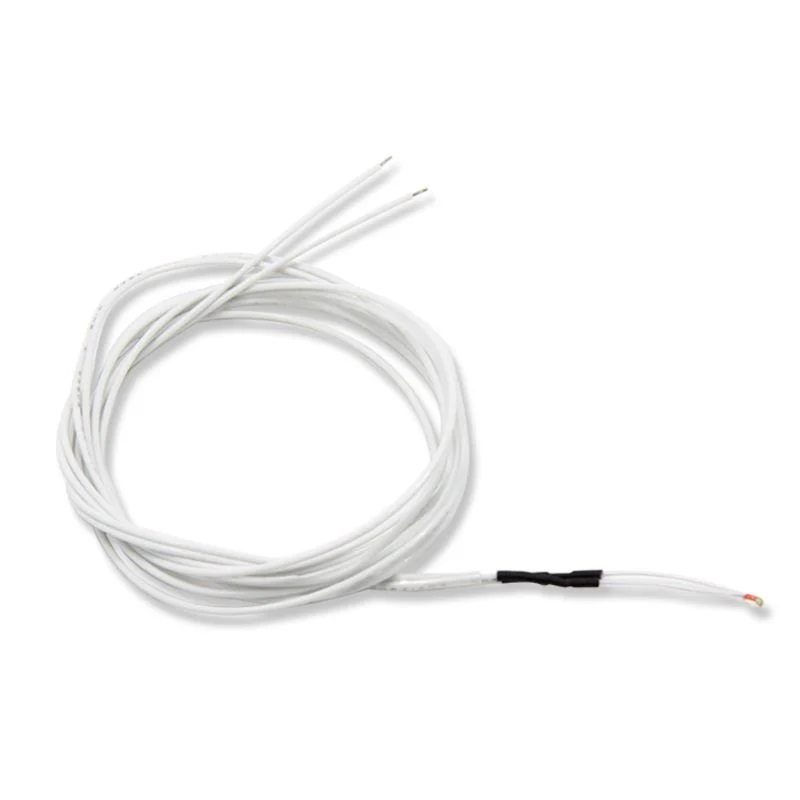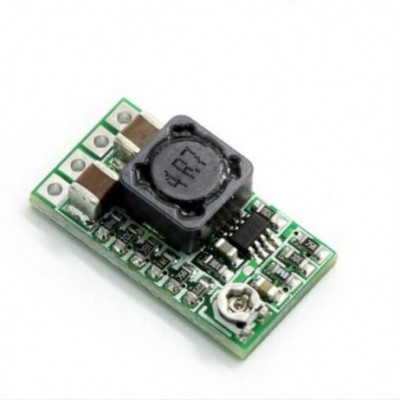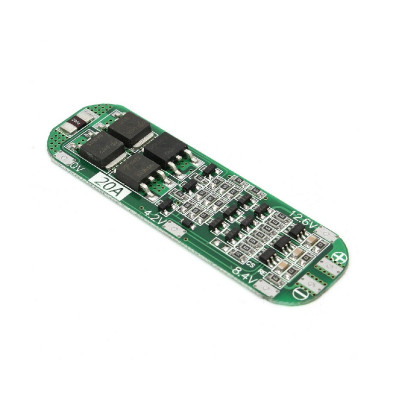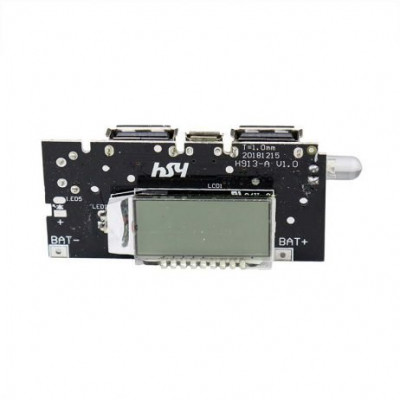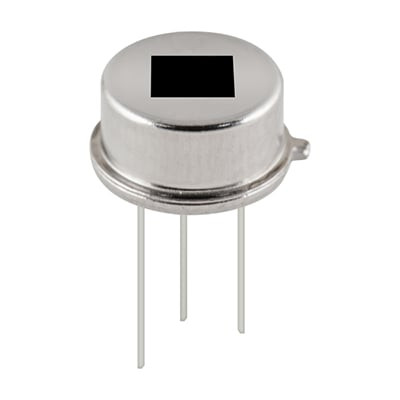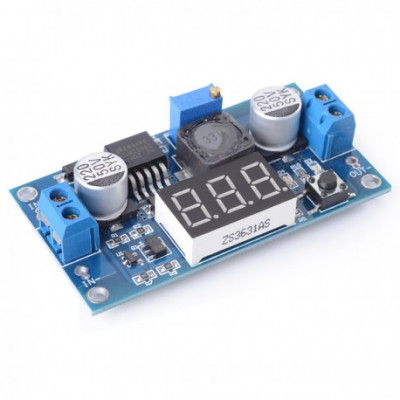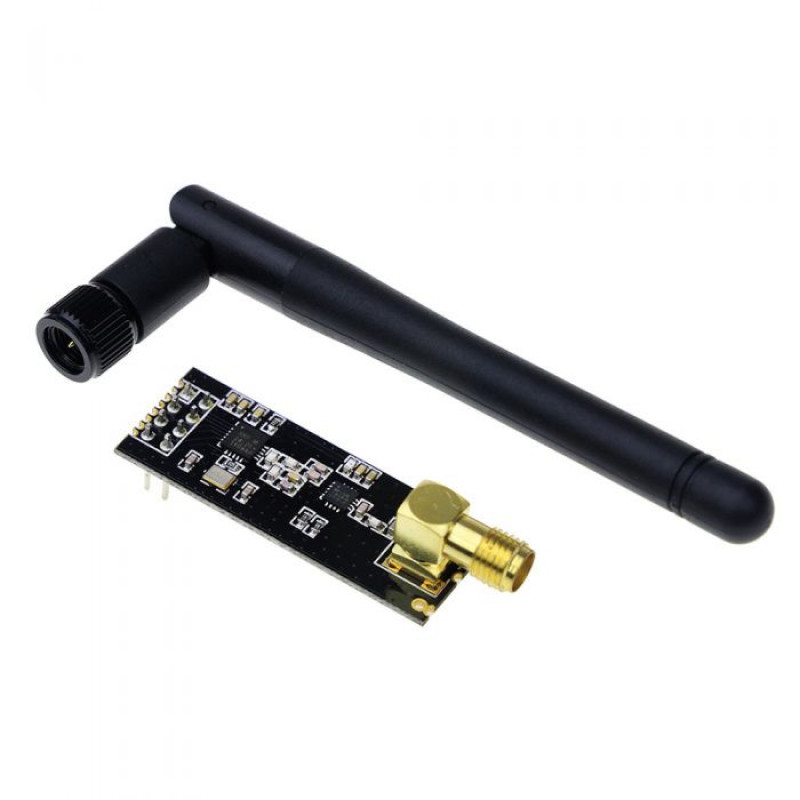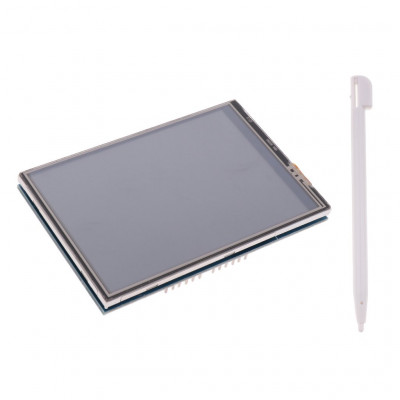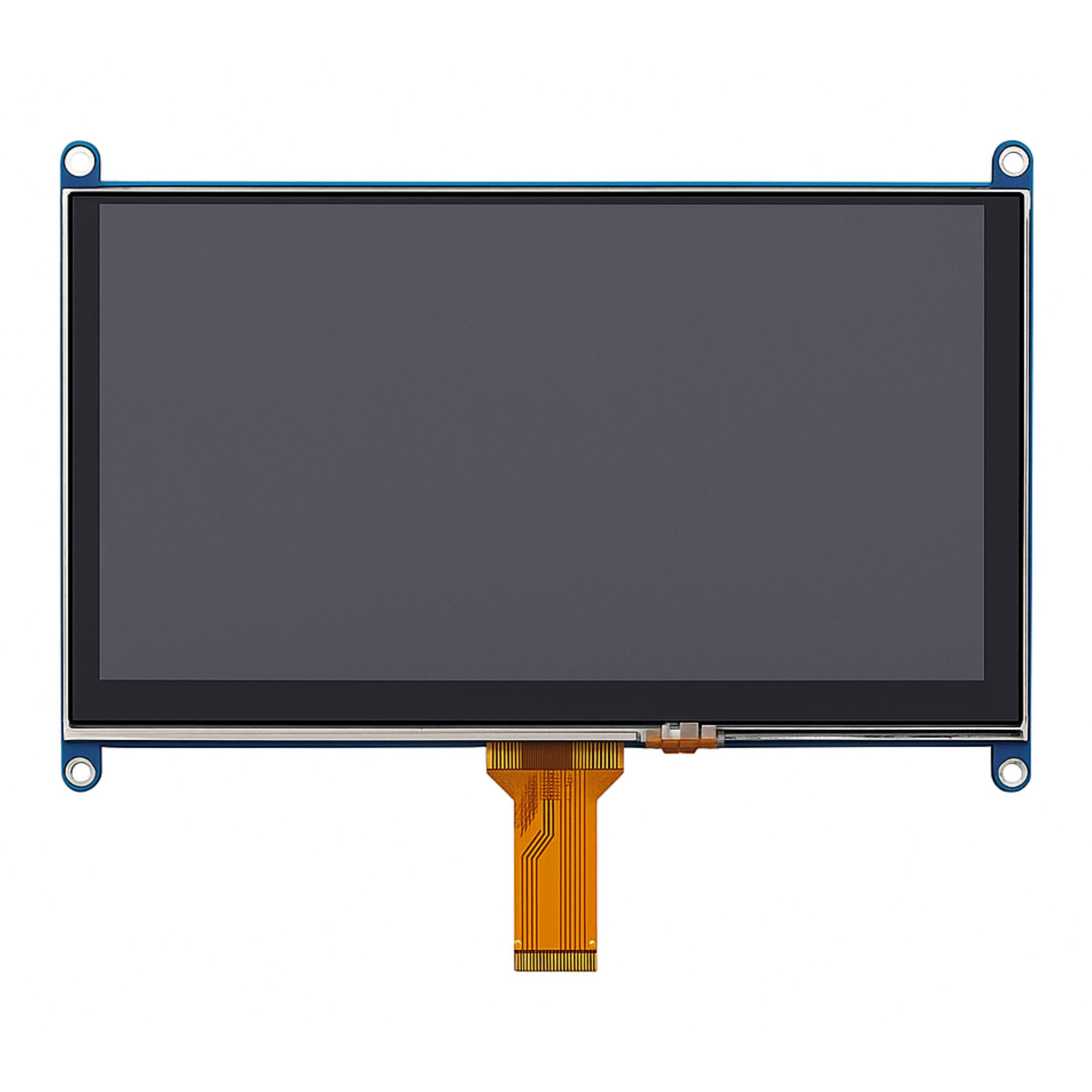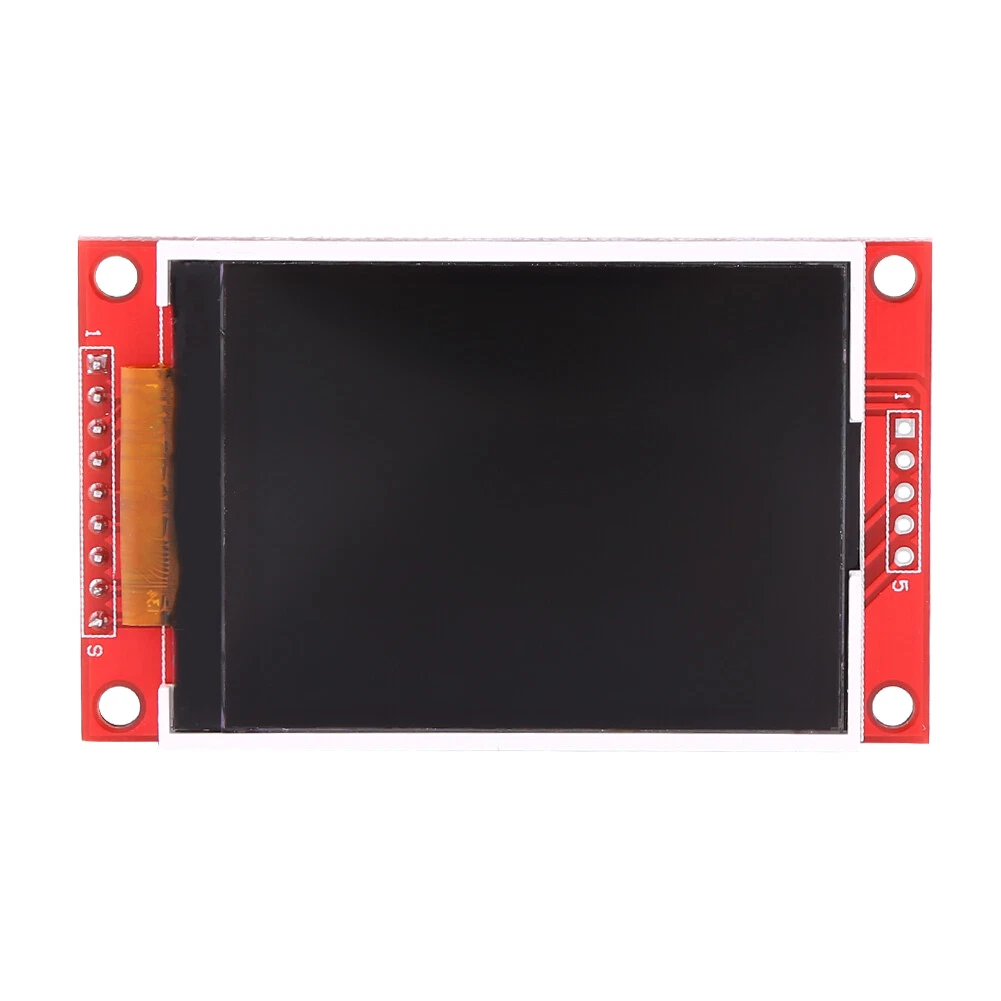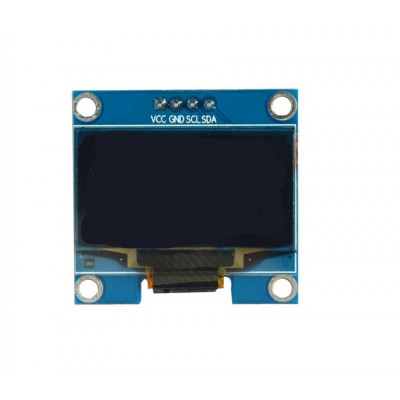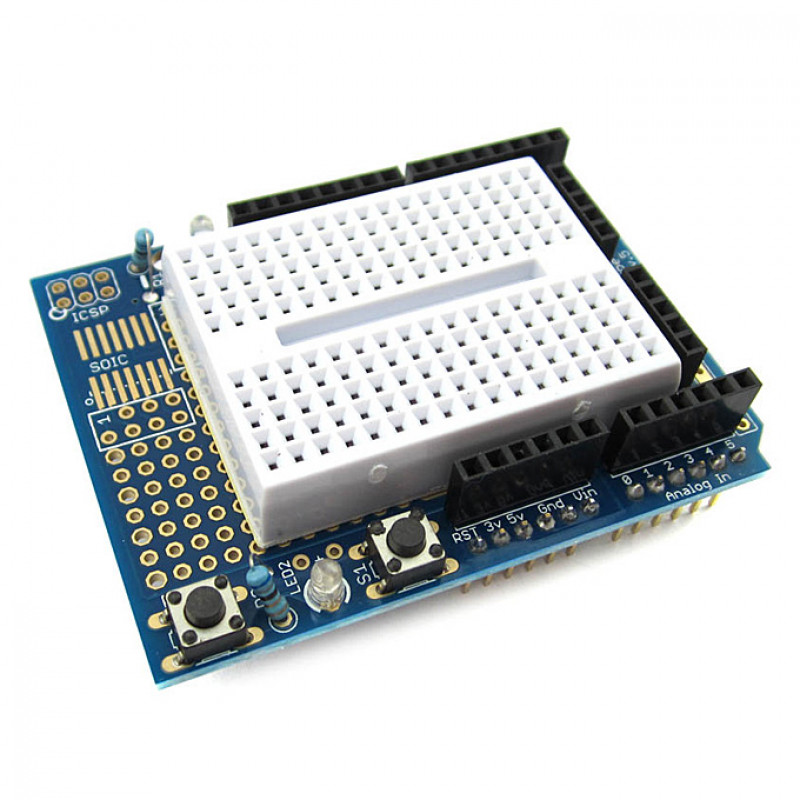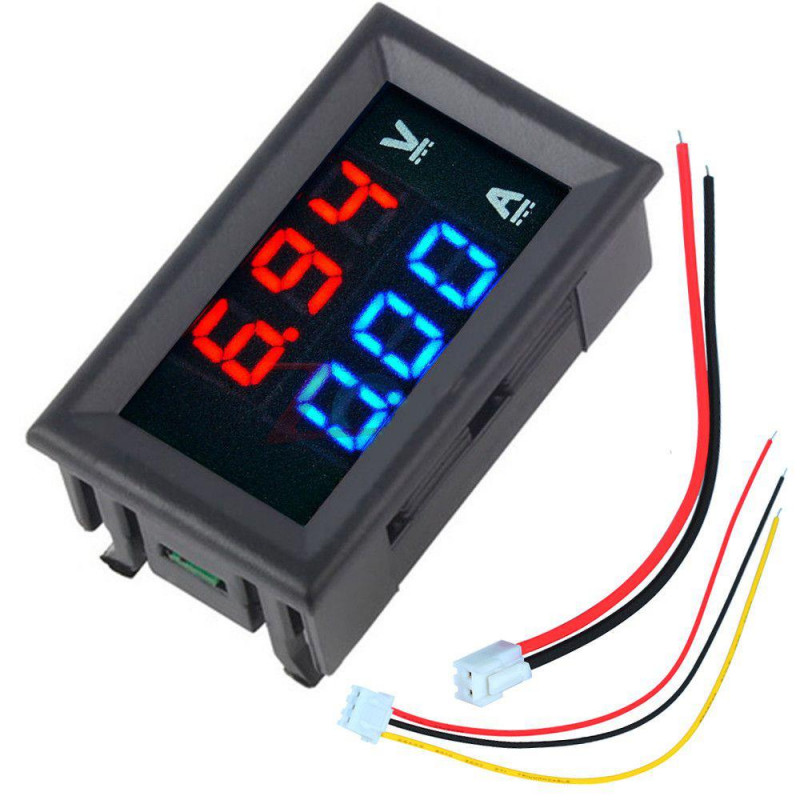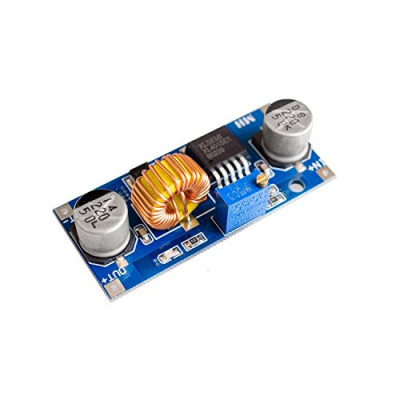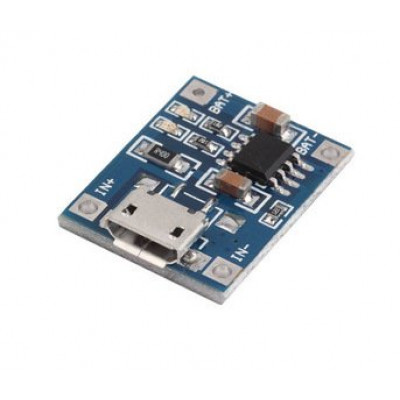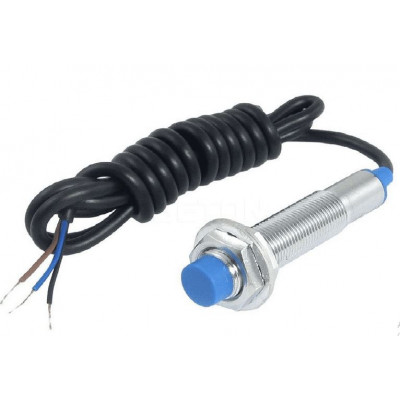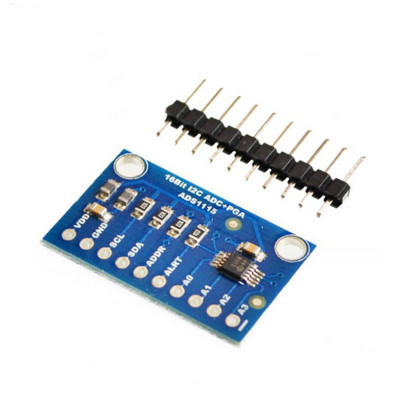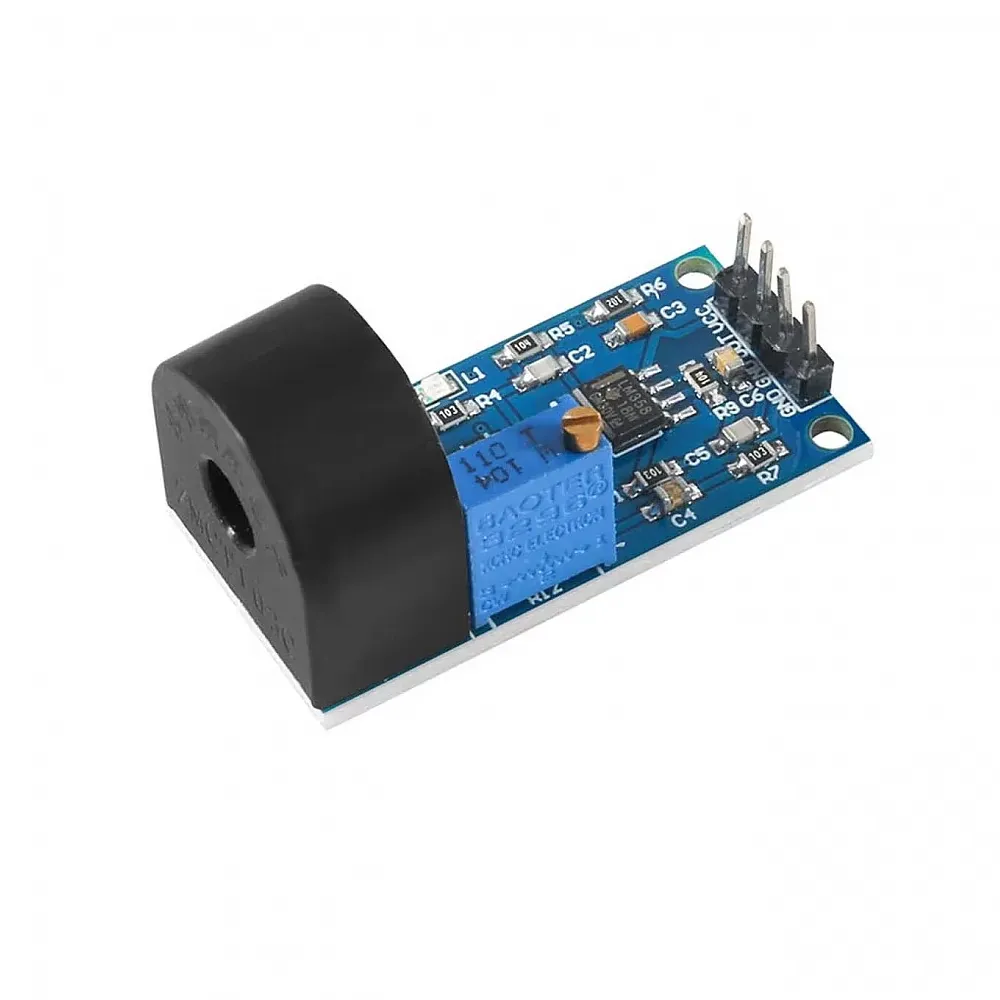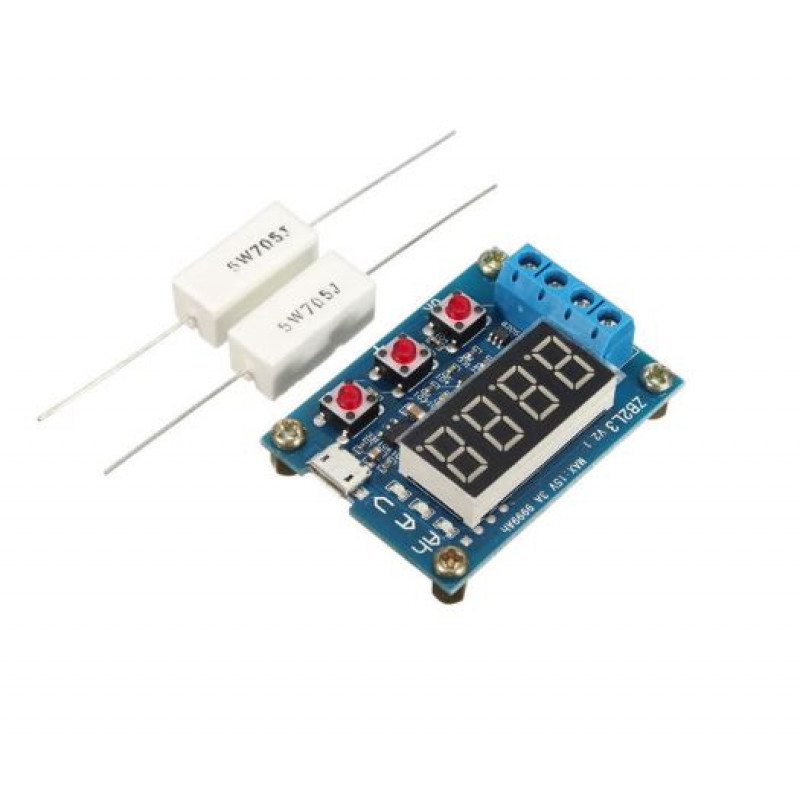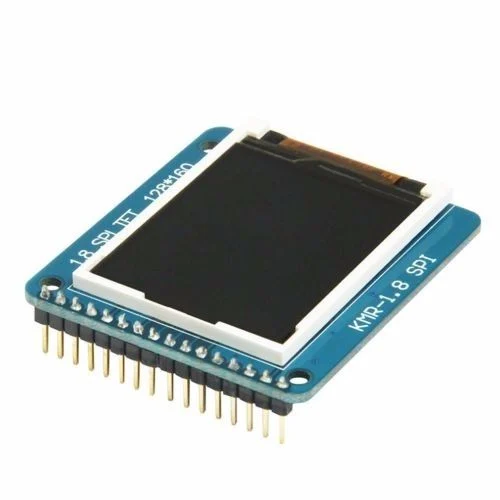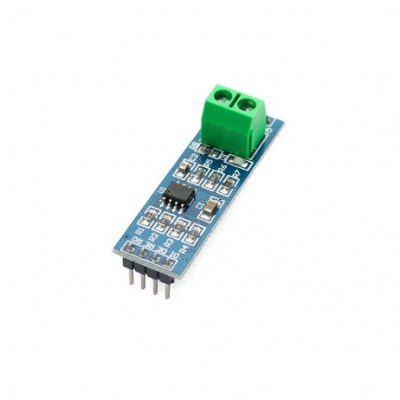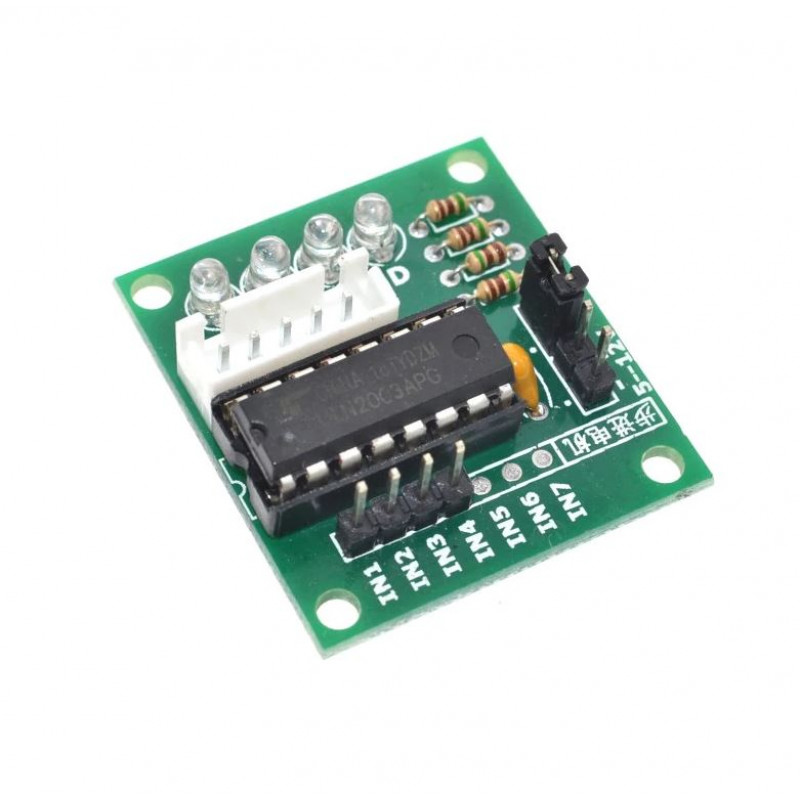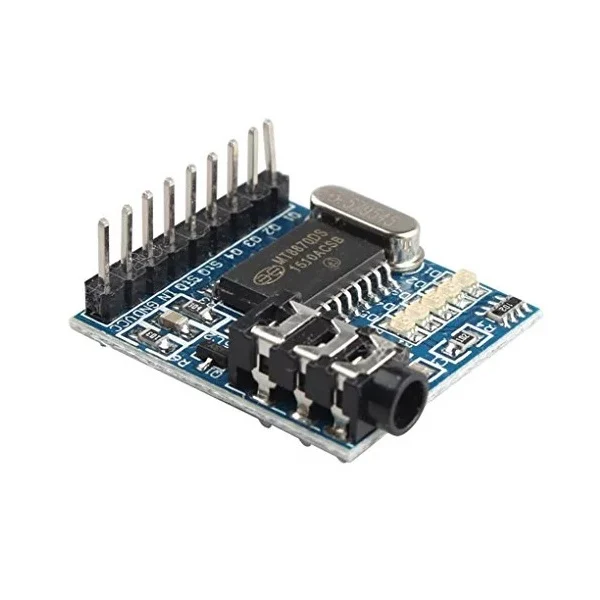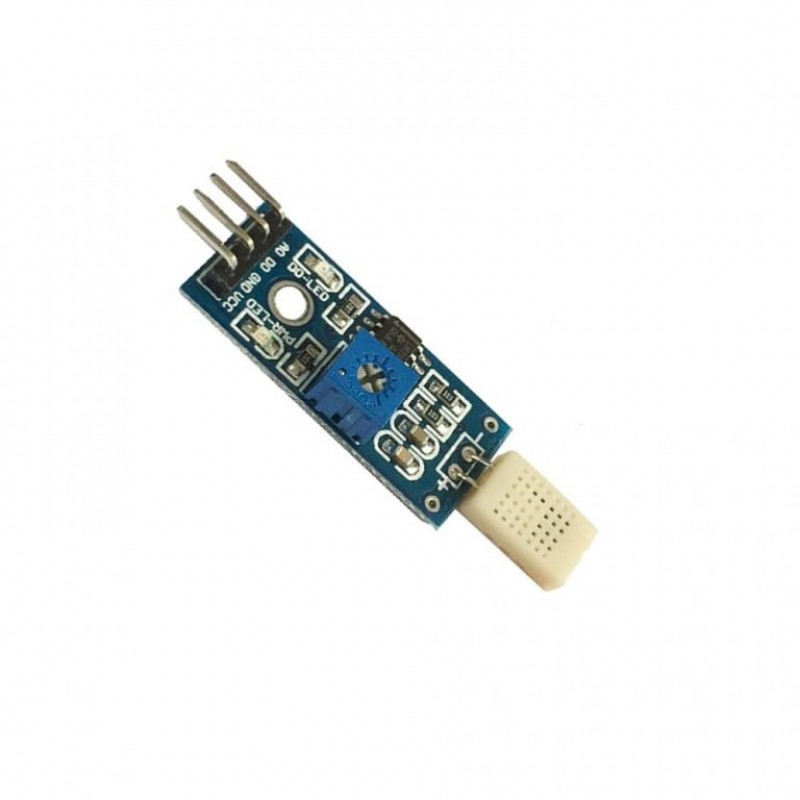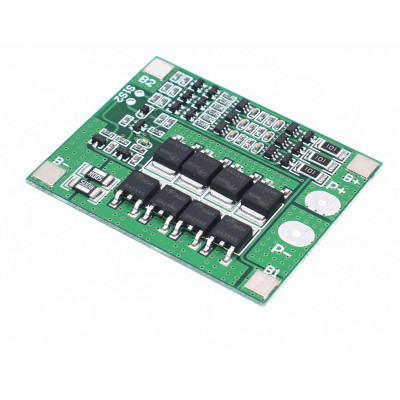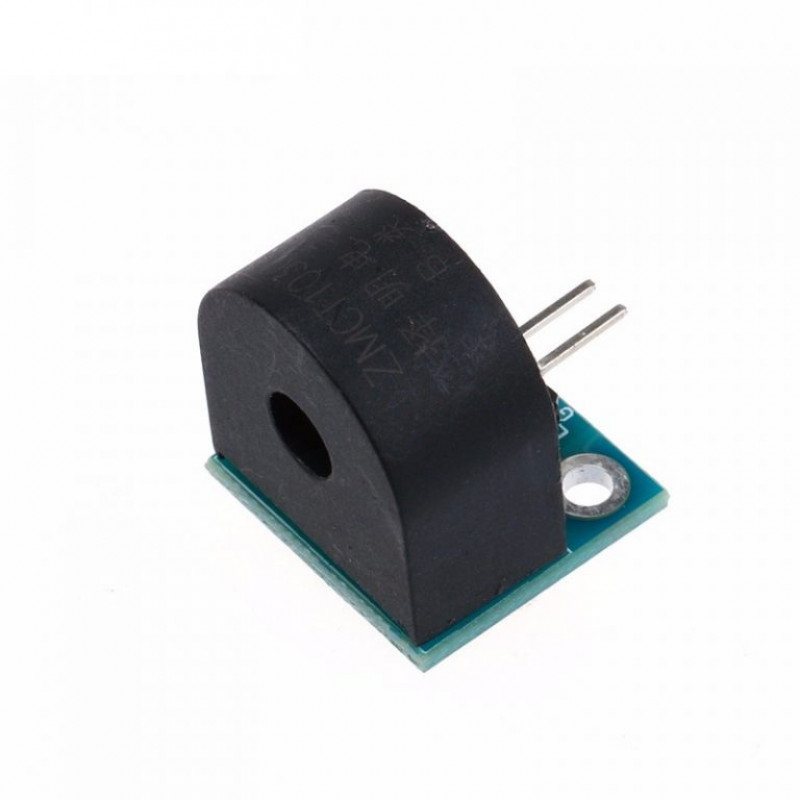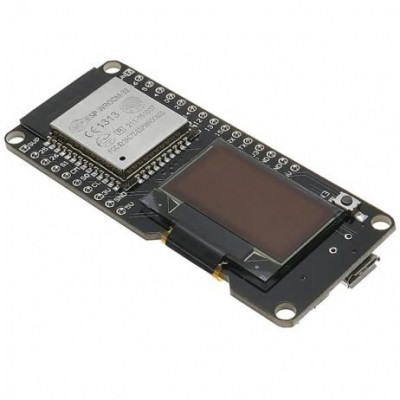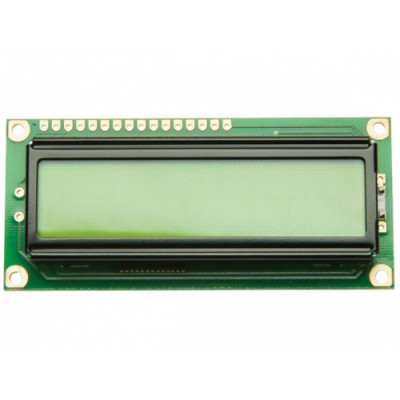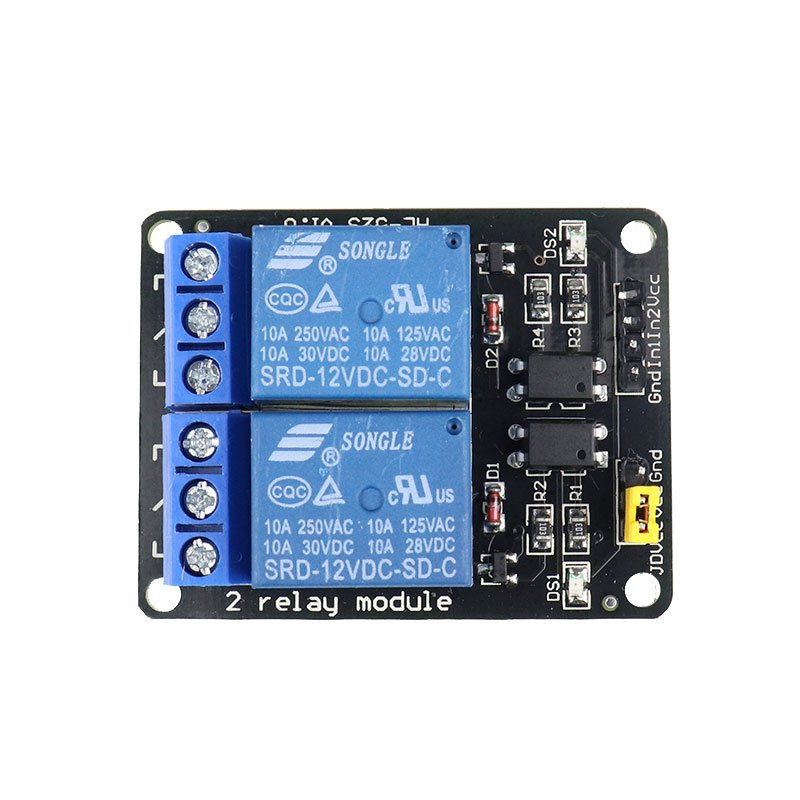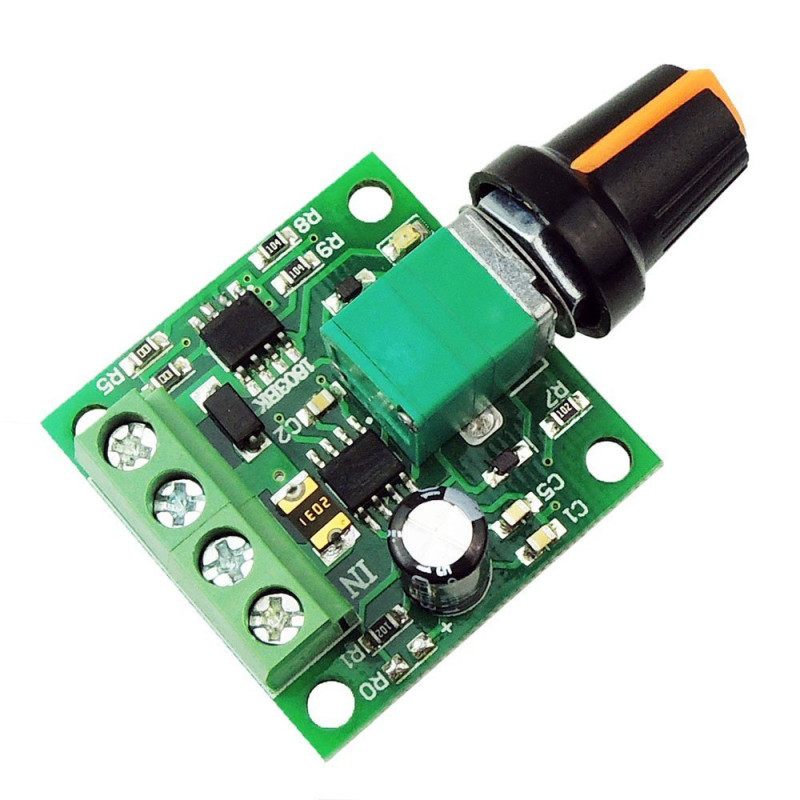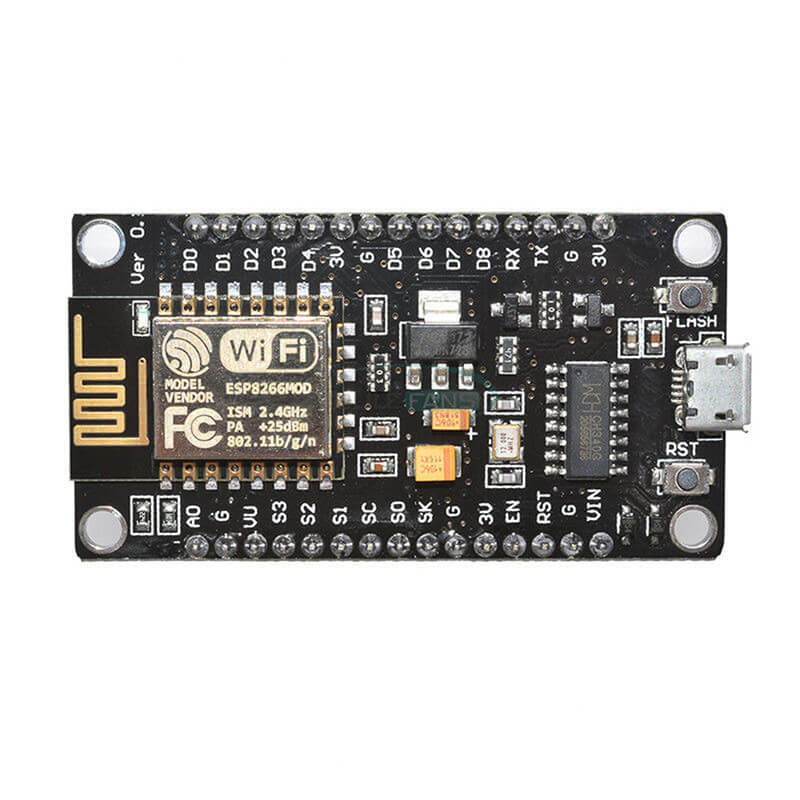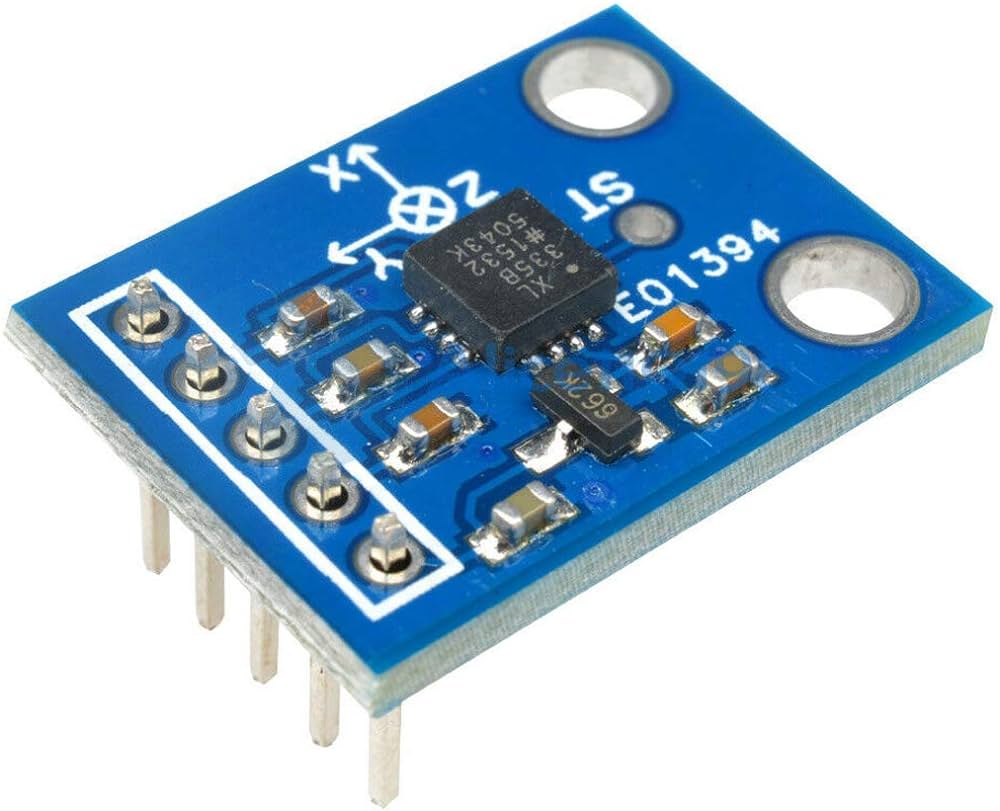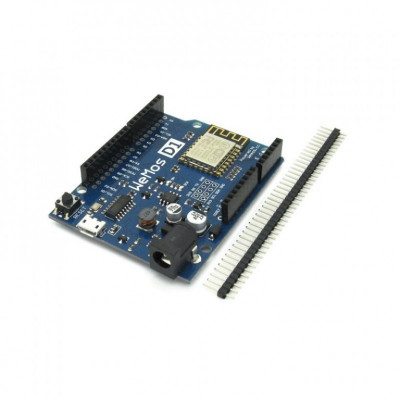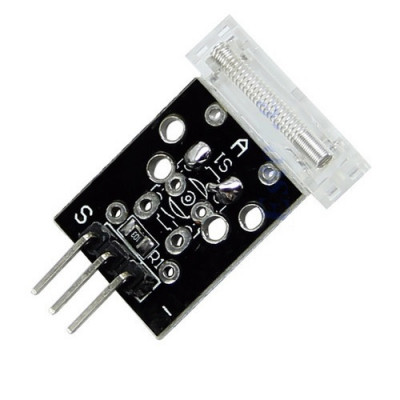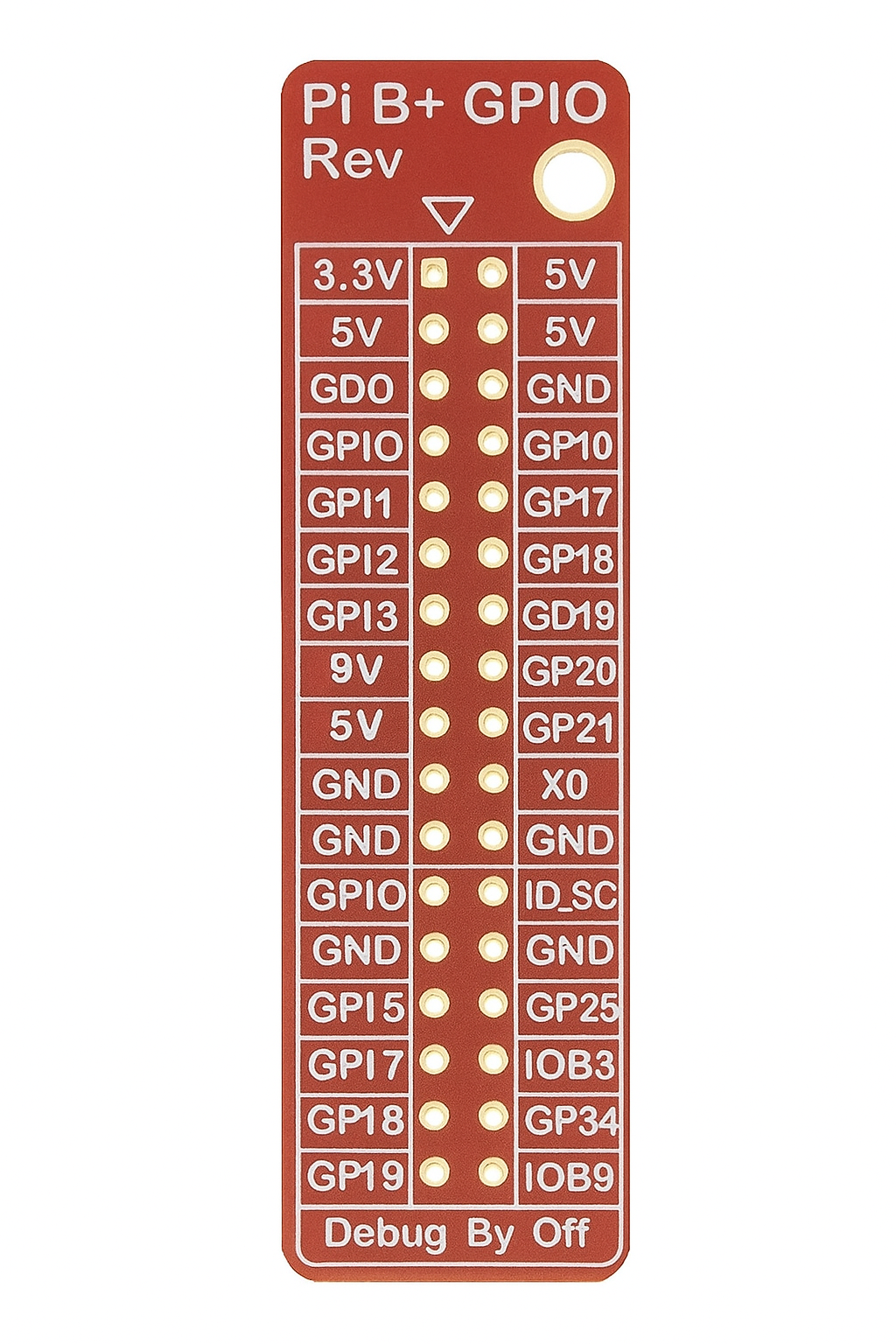

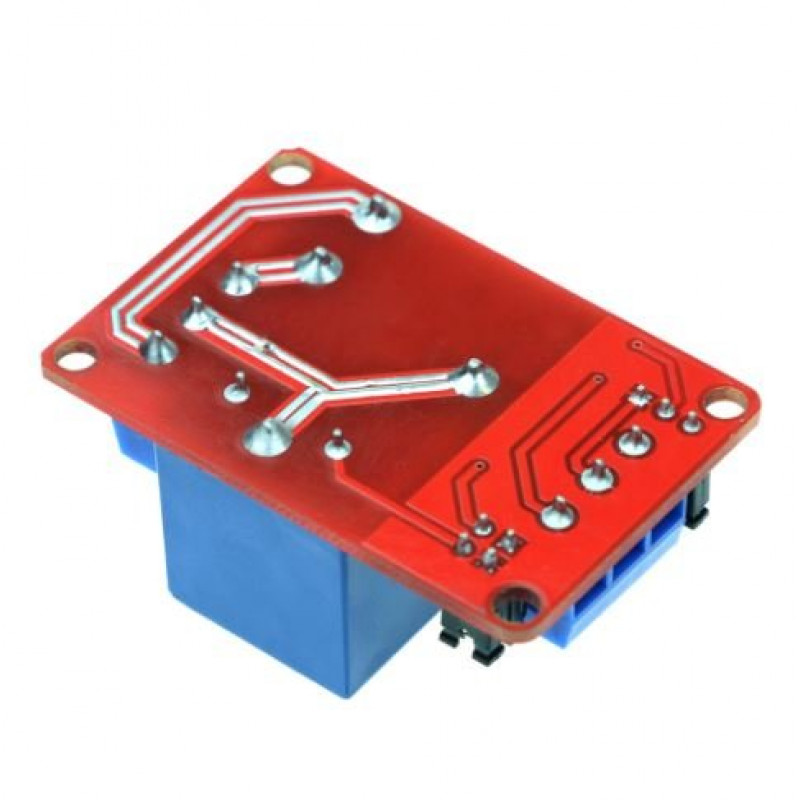


Description:
1-Channel 5V 30A Relay Module is an industrial-grade relay designed for controlling high-power devices or circuits with low-power microcontroller signals (such as from Arduino, Raspberry Pi, STM32, or other embedded systems). This relay is capable of handling up to 30A of current at 250V AC or 30V DC, making it ideal for switching high-power loads like motors, home appliances, lights, and other high-current devices. Additionally, this relay module is commonly used for power failure detection and automated control systems that require switching between normal and backup power sources, among many other applications.
The relay module typically operates at 5V DC and features a built-in transistor driver to allow low-current digital signals from a microcontroller to control the relay’s coil. This makes it suitable for controlling high-power AC or DC devices without directly interfacing with dangerous voltages or currents.
Features:
1. 5V Operating Voltage
2. High Current Handling
3. Single Channel
4. Power Failure Detection
5. Isolation
6. Solid State Relay Driver
7. High Load Durability
8. Optocoupler for Protection
9. LED Indicators
10. Wide Range of Applications
Diagram:

Specifications:
| Relay Type | SPDT |
| Control Voltage | 5V DC |
| Current Handling AC | 30A |
| Control Signal | 5V logic |
| Power Supply | 5V DC |
| Operating Temperature | 0°C to 85°C |
| Mounting | PCB |
| Current Rating | 30A |
| Length X Width (mm) | 33 x 24 |
| Weight (g) | 36 |
Tags:
Reviews
Popular Products




